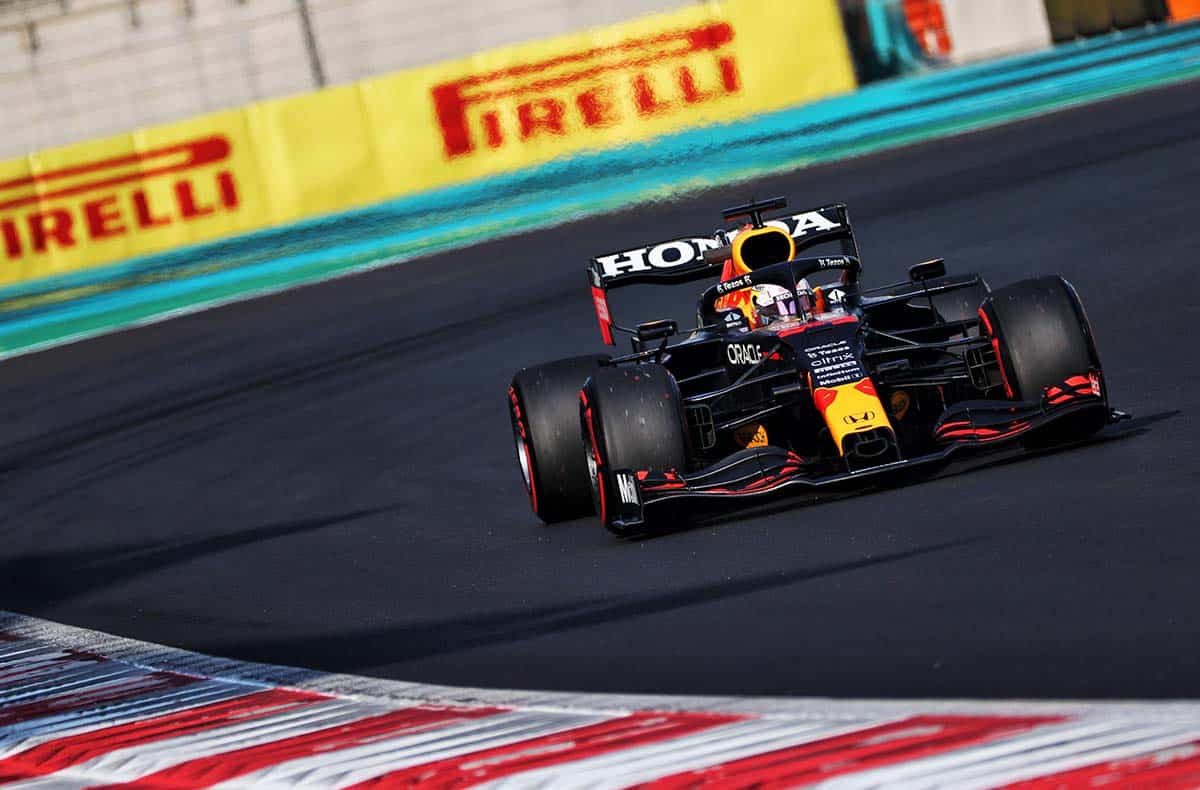
When it comes to sporting drama, it will be tough to beat the last lap Formula One shoot-out between Lewis Hamilton and Max Verstappen at the Abu Dhabi Grand Prix last weekend. It was the culmination of a tumultuous series of races, which resulted in both men being level on points in the driver’s championship going into the season’s final race.
The Yas Marina circuit provided a fitting finale to a season that has reignited interest in F1—and one that provides valuable communications and strategy lessons that transcend the sport.
In the end, Verstappen stood victorious with Hamilton losing out, following a contentious and controversial decision from the race director. And while many fans took to social media to complain about the interpretation of the rules around the use of the safety car, there will be countless others who will have lapped up the excitement and arguments that ensued from both men having to slug it out over the last three miles of a long 22-race series.
That’s because F1 has undergone a radical transformation in recent years, attracting a legion of new viewers. Under their American owners, Liberty Media, a series of strategic decisions has opened the sport to a whole new generation. Principally, the Netflix series Drive to Survive has provided a reality TV show treatment for the drivers and their teams. The hit show has provided the backstory and shone a light on the simmering rivalries in a way that has previously gone unseen. It further brought to life the gripping story of Verstappen and Hamilton, the young Dutch pretender taking on one of the sport’s all-time greats.
Liberty has also adopted a clear social media strategy and imposed an attitude about the traditional media that views their presence and interest as an asset rather than a distraction. All combined, it has caused viewing figures and attendances to spike.
The days when races were a snooze fest and a Sunday afternoon procession are over, replaced by an overtly American formula that features glitzy global locations, music, lights and celebrities walking the grid. In short, F1 is sexy again— perhaps for the first time since the mid-70s when the likes of James Hunt and Niki Lauda went bumper to bumper.
The lessons that F1 provides though are universal: at the heart of its resurgence is effective and consistent story-telling.
Organisers have realised that while the race is the main act, there are multiple other dramas being played out. Capturing that content and using it to drive engagement has been transformative, especially with younger and female audiences who have been traditionally harder for the sport to reach.
Others have attempted to capitalise on this strategy too, with varying degrees of success. The Amazon series, All or Nothing, has gone behind the scenes in the NFL, rugby and football. The sanctity and secrecy of the locker room has been lifted, allowing fans to understand in greater depth their favourite players and coaches.
It all points the way to how sports will need to evolve over the next few years if they are to retain and grow their audiences, sponsorships and relevance. And it doesn’t necessarily require a deal with a TV streaming platform— all communications and decisions on fan engagement need to follow the distinct instructions that new audiences clearly demand.
Gen Z fans in particular have a clear desire to know more about what they’re watching and why. They want to know more about the star athletes and their motivations, interests, causes and flaws. In short, they demand authenticity and greater understanding. It’s no longer simply enough just to show up for the game or race on any given Sunday.
F1 has listened, delivered on those needs and reaped the rewards. It’s up to other sports to now find their voice and tell their own stories.
